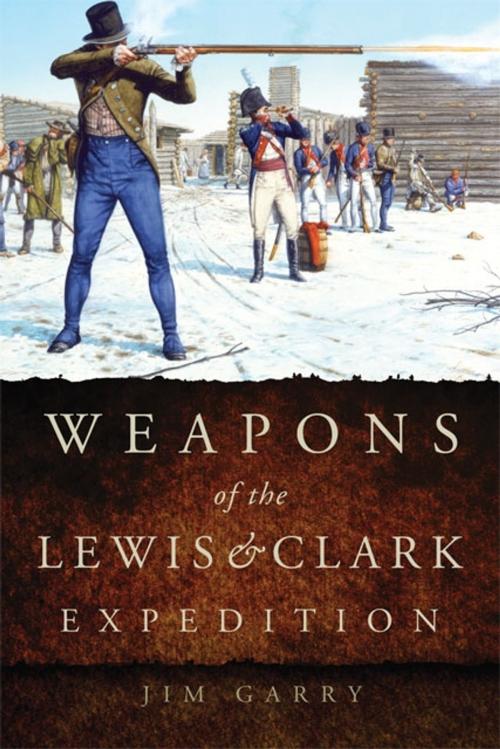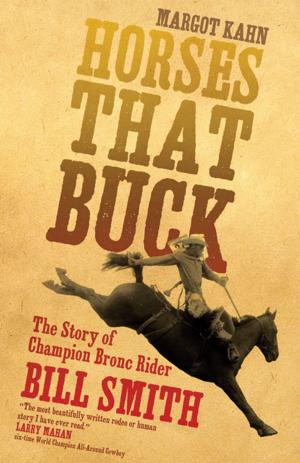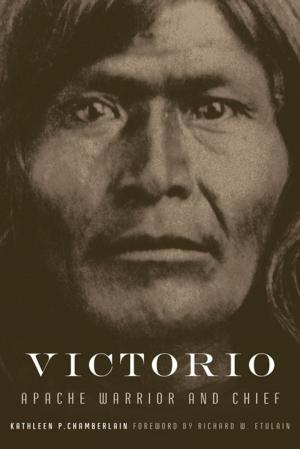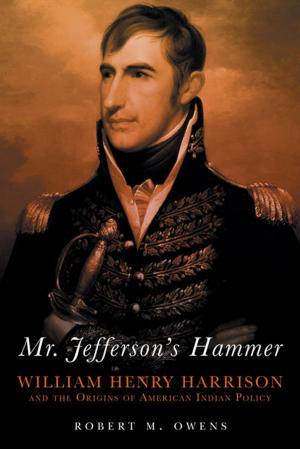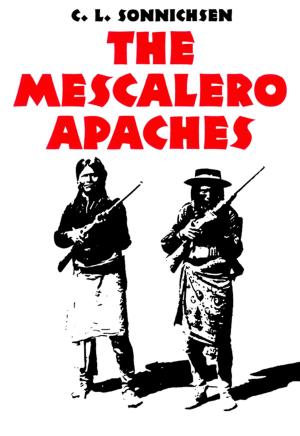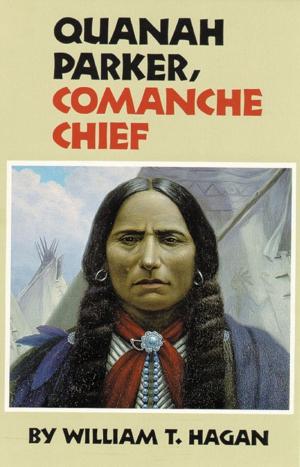Weapons of the Lewis and Clark Expedition
Nonfiction, Home & Garden, Antiques & Collectibles, Firearms & Weapons, History, Americas, United States, 19th Century, Biography & Memoir| Author: | Jim Garry | ISBN: | 9780806188027 |
| Publisher: | University of Oklahoma Press | Publication: | September 28, 2012 |
| Imprint: | University of Oklahoma Press | Language: | English |
| Author: | Jim Garry |
| ISBN: | 9780806188027 |
| Publisher: | University of Oklahoma Press |
| Publication: | September 28, 2012 |
| Imprint: | University of Oklahoma Press |
| Language: | English |
When Meriwether Lewis began shopping for supplies and firearms to take on the Corps of Discovery’s journey west, his first stop was a federal arsenal. For the following twenty-nine months, from the time the Lewis and Clark expedition left Camp Dubois with a cannon salute in 1804 until it announced its return from the West Coast to St. Louis with a volley in 1806, weapons were a crucial component of the participants’ tool kit. In Weapons of the Lewis and Clark Expedition, historian Jim Garry describes the arms and ammunition the expedition carried and the use and care those weapons received.
The Corps of Discovery’s purposes were to explore the Missouri and Columbia river basins, to make scientific observations, and to contact the tribes along the way for both science and diplomacy. Throughout the trek, the travelers used their guns to procure food—they could consume around 350 pounds of meat a day—and to protect themselves from dangerous animals. Firearms were also invaluable in encounters with Indian groups, as guns were one of the most sought-after trade items in the West. As Garry notes, the explorers’ willingness to demonstrate their weapons’ firepower probably kept meetings with some tribes from becoming violent.
The mix of arms carried by the expedition extended beyond rifles and muskets to include pistols, knives, espontoons, a cannon, and blunderbusses. Each chapter focuses on one of the major types of weapons and weaves accounts from the expedition journals with the author’s knowledge gained from field-testing the muskets and rifles he describes. Appendices tally the weapons carried and explain how the expedition’s flintlocks worked.
Weapons of the Lewis and Clark Expedition integrates original research with a lively narrative. This encyclopedic reference will be invaluable to historians and weaponry aficionados.
When Meriwether Lewis began shopping for supplies and firearms to take on the Corps of Discovery’s journey west, his first stop was a federal arsenal. For the following twenty-nine months, from the time the Lewis and Clark expedition left Camp Dubois with a cannon salute in 1804 until it announced its return from the West Coast to St. Louis with a volley in 1806, weapons were a crucial component of the participants’ tool kit. In Weapons of the Lewis and Clark Expedition, historian Jim Garry describes the arms and ammunition the expedition carried and the use and care those weapons received.
The Corps of Discovery’s purposes were to explore the Missouri and Columbia river basins, to make scientific observations, and to contact the tribes along the way for both science and diplomacy. Throughout the trek, the travelers used their guns to procure food—they could consume around 350 pounds of meat a day—and to protect themselves from dangerous animals. Firearms were also invaluable in encounters with Indian groups, as guns were one of the most sought-after trade items in the West. As Garry notes, the explorers’ willingness to demonstrate their weapons’ firepower probably kept meetings with some tribes from becoming violent.
The mix of arms carried by the expedition extended beyond rifles and muskets to include pistols, knives, espontoons, a cannon, and blunderbusses. Each chapter focuses on one of the major types of weapons and weaves accounts from the expedition journals with the author’s knowledge gained from field-testing the muskets and rifles he describes. Appendices tally the weapons carried and explain how the expedition’s flintlocks worked.
Weapons of the Lewis and Clark Expedition integrates original research with a lively narrative. This encyclopedic reference will be invaluable to historians and weaponry aficionados.
